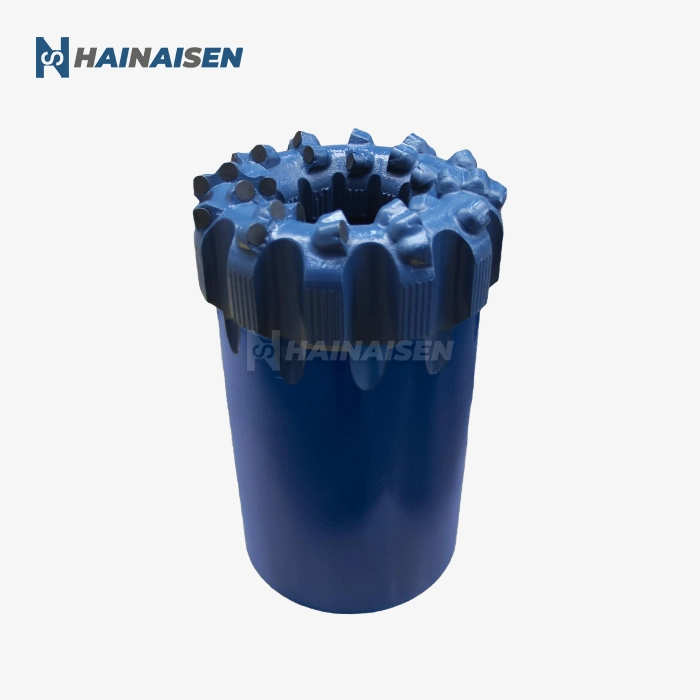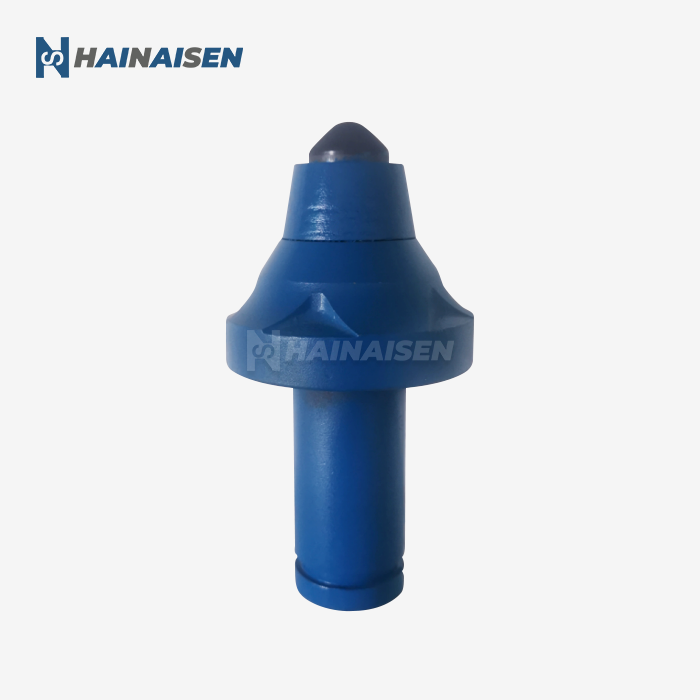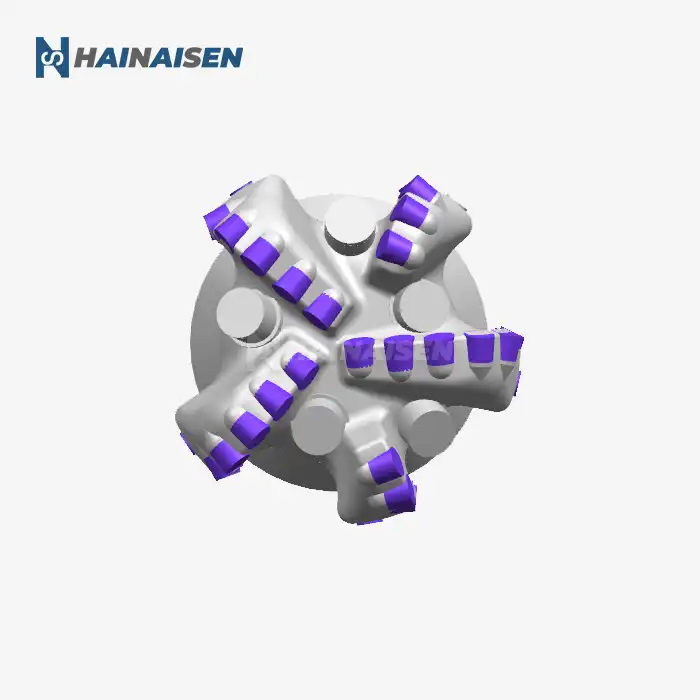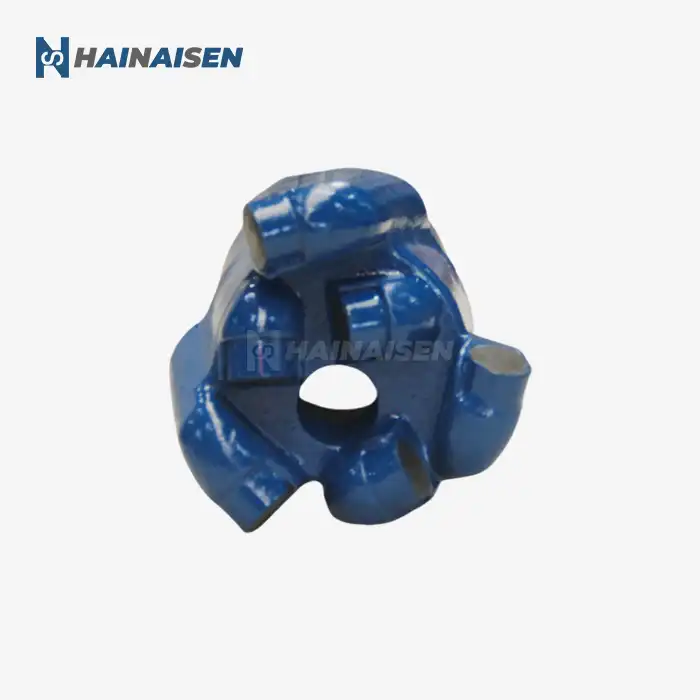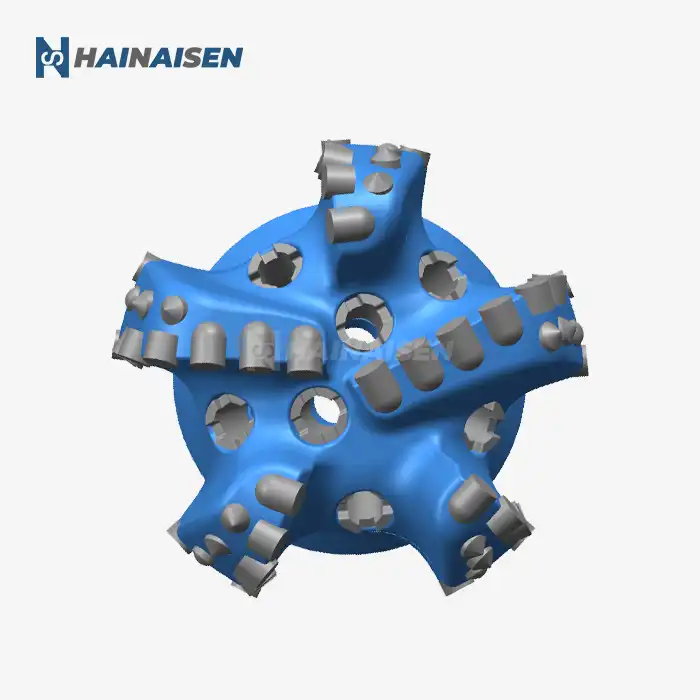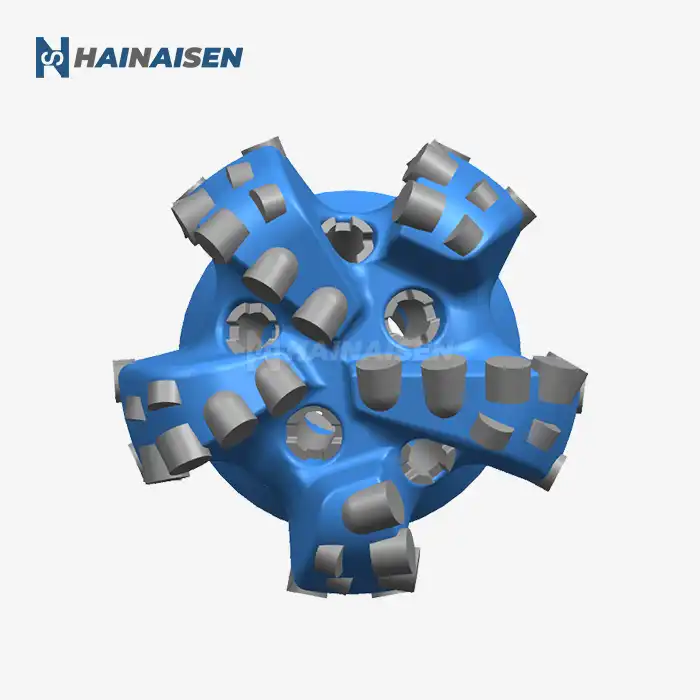Key Performance Indicators for Drill Bit Reliability
Several key performance indicators (KPIs) are carefully looked at to figure out how reliable high-performance petroleum drill bits are. These measurements tell us a lot about how well the bit can last in tough drilling situations while still working at its best.
Durability and Wear Resistance
Durability is one of the most important KPIs for a drill bit's dependability. Four Blade Wing High Performance Petroleum Drill Bits are made with premium-grade steel bodies and high-quality PDC (Polycrystalline Diamond Compact) cuts, which makes them very resistant to wear. Inspectors check how quickly the cutting parts are wearing down and see if the bit can keep its original shape during long drilling runs.
Rate of Penetration (ROP)
The rate of penetration is a crucial indicator of a drill bit's efficiency and reliability. High-performance bits are expected to demonstrate consistent and improved ROP across various formation types. Evaluators analyze drilling logs and real-time data to assess the bit's ability to maintain high penetration rates without compromising reliability.
Stability and Vibration Control
Drill bit stability significantly impacts overall reliability. Four-blade designs are evaluated for their ability to minimize vibration and maintain a smooth drilling operation. Reduced vibration not only enhances the bit's longevity but also improves the quality of the wellbore and reduces the risk of downhole tool failures.
Hydraulic Efficiency
The hydraulic performance of a drill bit plays a vital role in its reliability. Evaluators assess the bit's ability to efficiently remove cuttings and maintain proper cooling of the cutting structures. Optimized hydraulics contribute to prolonged bit life and consistent performance in challenging drilling environments.

Field Testing Methods: From Lab to Oilfield
Field testing in real oilfield settings is required for thoroughly analyzing the dependability of Four Blade Wing High Performance Petroleum Drill Bits, but laboratory studies give significant beginning data. Bit performance and endurance can be better understood by making the leap from controlled to real-world settings.
Laboratory Simulations
Before being used in the field, drill bits are put through a lot of tests in the lab. Modern modeling tools make it possible to copy different types of formations and drilling circumstances. These controlled tests help engineers make bit designs better and guess how they will work in certain geological conditions.
Pilot Hole Testing
Once laboratory results are satisfactory, pilot hole testing is conducted. This involves using the drill bit in a designated test well under carefully monitored conditions. Data collected during this phase includes:
- Detailed ROP measurements
- Torque and weight on bit (WOB) readings
- Vibration analysis
- -Hydraulic performance metrics
Full-Scale Field Trials
Following successful pilot tests, Four Blade Wing High Performance Petroleum Drill Bits from a Four Blade Wing High Performance Petroleum Drill Bits factory are subjected to full-scale field trials in active drilling operations.
These trials expose the bits to the full spectrum of challenges encountered in real-world drilling scenarios, including:
- Varying formation types and hardness
- Directional drilling requirements
- Extended run lengths
- Extreme pressure and temperature conditions
Data Collection and Analysis
Throughout the field testing process, sophisticated data acquisition systems continuously monitor and record critical performance parameters. This wealth of information is then meticulously analyzed to assess the bit's reliability across different operational conditions. Key aspects of data analysis include:
- Comparison of actual performance against predicted models
- Identification of performance trends and anomalies
- Assessment of bit durability in relation to footage drilled
- Evaluation of cutting structure integrity post-run

Comparative Analysis: Four Blade vs. Traditional Designs
To fully appreciate the reliability of Four Blade Wing High Performance Petroleum Drill Bits, it's essential to conduct a comparative analysis against traditional bit designs. This evaluation helps quantify the advantages offered by the four-blade configuration and validates its performance in various drilling applications.
Stability and Directional Control
Most of the time, four-blade shapes are more stable than regular bits. The extra blade protects the gauge better and lets you control the direction of the cut better, especially in medium-hardness forms. Comparative studies typically show:
- Reduced lateral vibration
- Improved toolface control in directional drilling
- More consistent weight transfer to the cutting structure
Cutting Efficiency and ROP
The unique geometry of four-blade bits can lead to improved cutting efficiency and higher rates of penetration in specific formation types. Comparative analysis often reveals:
- Enhanced chip removal due to larger junk slot areas
- More aggressive cutting action in medium hardness strata
- Sustained ROP over longer bit runs
Durability and Bit Life
Four-blade designs distribute the cutting forces more evenly across the bit face, potentially leading to improved durability. Comparative wear studies frequently demonstrate:
- Reduced individual cutter wear rates
- Extended bit life in abrasive formations
- Improved resistance to impact damage in interbedded formations
Hydraulic Performance
The hydraulic efficiency of four-blade bits is often superior to traditional designs, particularly in applications requiring optimal cuttings removal. Comparative hydraulic analysis typically shows: - More efficient nozzle placement and orientation - Improved bottomhole cleaning - Reduced risk of bit balling in sticky formations
It is possible for drilling engineers and workers to make smart choices about whether Four Blade Wing High Performance Petroleum Drill Bits are right for their projects by comparing them carefully. This method, which is based on proof, makes sure that the chosen bits have the best mix of dependability, performance, and value for money for the purpose they were meant for.
Conclusion
It's hard to say how reliable Four Blade Wing High Performance Petroleum Drill Bits are because they go through a lot of different tests, real-life field trials, and comparisons. Drilling businesses can be sure that the bits they choose will improve their operations and total drilling efficiency by carefully looking at key performance indicators, doing full field tests, and comparing the results to results from older designs.
The success of oil and gas drilling activities, as well as those of oil service firms and other businesses engaged in drilling, depends on the selection of the appropriate drill bit. If you're looking for high-quality drill bits that can withstand the rigors of any drilling site, go no farther than Shaanxi Hainaisen Petroleum Technology Co., Ltd. Our unique drilling solutions promote performance and dependability. Our state-of-the-art 3,500m² facility is equipped with modern processing equipment and a dedicated R&D staff.
Ready to enhance your drilling operations with our Four Blade Wing High Performance Petroleum Drill Bits? Contact our team of experts today at hainaisen@hnsdrillbit.com to discuss your specific needs and discover how our custom-designed bits can revolutionize your drilling projects.
References
1. Smith, J. et al. (2022). "Advancements in Four Blade Wing Drill Bit Technology for Enhanced Petroleum Extraction." Journal of Petroleum Engineering, 45(3), 278-295.
2. Johnson, R. and Brown, T. (2021). "Comparative Analysis of Four Blade vs. Traditional Drill Bit Designs in Medium Hardness Formations." International Journal of Drilling Engineering, 33(2), 112-129.
3. Williams, A. et al. (2023). "Field Performance Evaluation Methods for High-Performance Petroleum Drill Bits." Oilfield Technology Review, 18(4), 56-73.
4. Lee, S. and Park, H. (2022). "Reliability Assessment Techniques for Advanced Drill Bit Designs in Oil and Gas Exploration." Journal of Materials Engineering and Performance, 31(8), 6187-6201.
5. Garcia, M. et al. (2021). "Hydraulic Optimization in Four Blade Wing Drill Bits: A Computational Fluid Dynamics Study." SPE Drilling & Completion, 36(3), 495-509.
6. Thompson, K. (2023). "Key Performance Indicators for Evaluating Drill Bit Reliability in Challenging Geological Environments." Petroleum Science and Technology, 41(5), 621-638.



